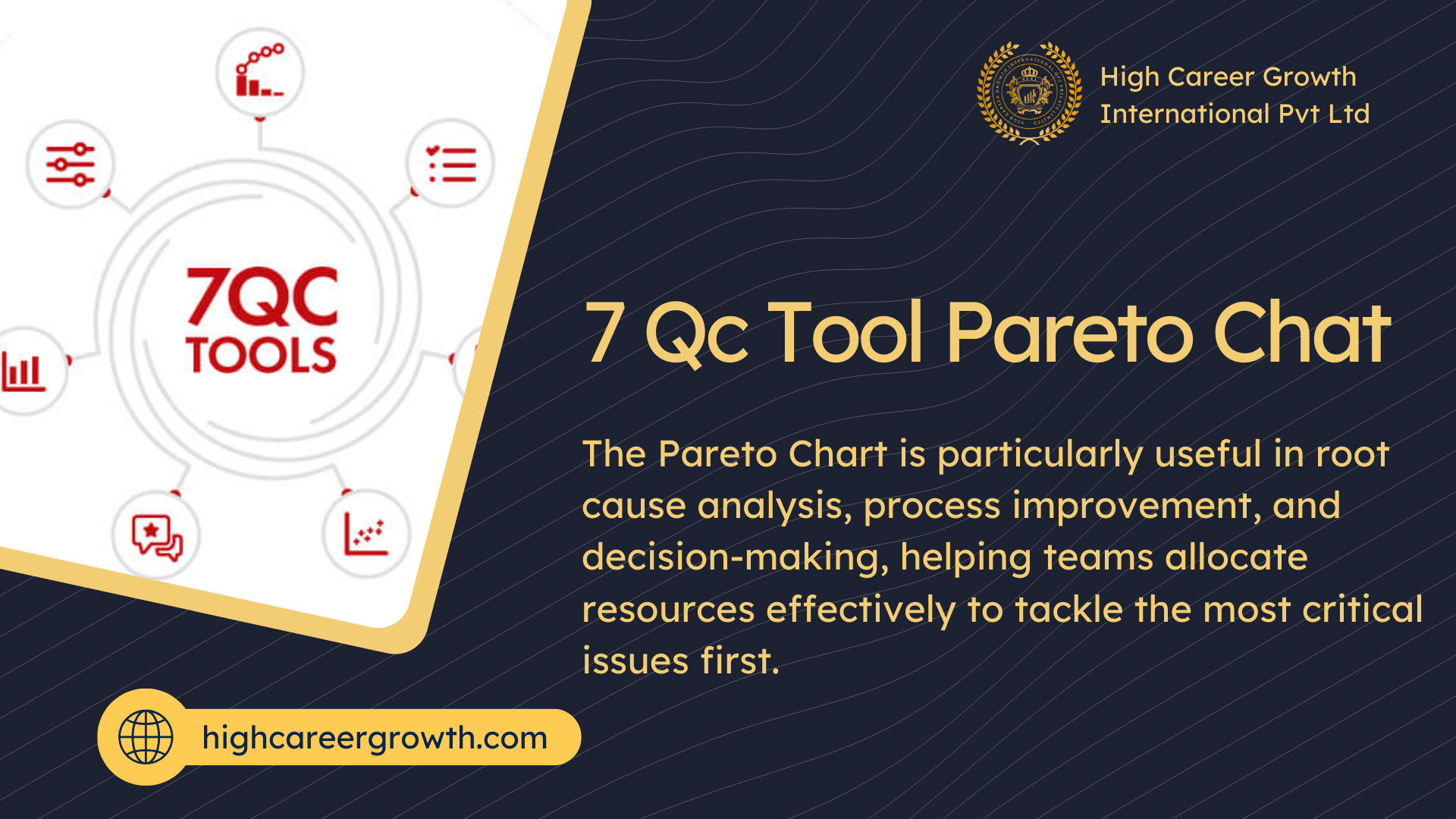A Pareto chart is based on the Pareto Principle postulated by Vilfredo Pareto in the 19th century. Pareto was an economist who claimed that a large percentage of wealth is owned by a relatively small percentage of the population. It went on to define the Pareto Principle which says that 80% of any problem is accounted for by 20% of the factors. Hence, it would be wise to concentrate on the ‘vital few’ rather than the ‘trivial many’. A Pareto Chart is a type of graph which combines both a bar graph and a line graph to represent the factors affecting a variable. While the bars represent the individual factors in decreasing order (of their value), the line represents the cumulative value of the factors. The objective of a Pareto chart is to highlight the most important factors that affect a variable. While the left vertical axis represents the percentage of occurrence (or other unit of measure), the right vertical axis represents the cumulative percentage of total number of occurrence (or other unit’s total). Since the factors are represented in decreasing order, the line graph is always concave.
Illustration
An area where the Pareto chart and Pareto principle are widely used is inventory control. For example, a retail chain wants to reduce its investment on inventory and storage costs. They would like to maintain the inventory at an optimum level for fast moving goods and only stock minimum levels of slow moving products. A Pareto chart analysis can help them classify the stock into fast moving and slow moving categories, or essential and non-essential categories. Based on the results of this Pareto chart analysis, the managers can focus their resources towards better inventory control and strict management of vital and essential items (and introduce systems like Just In Time inventory for these), and lesser controls for non-essential stock categories. This will help bring down the overall investment on inventory and reduce costs.






